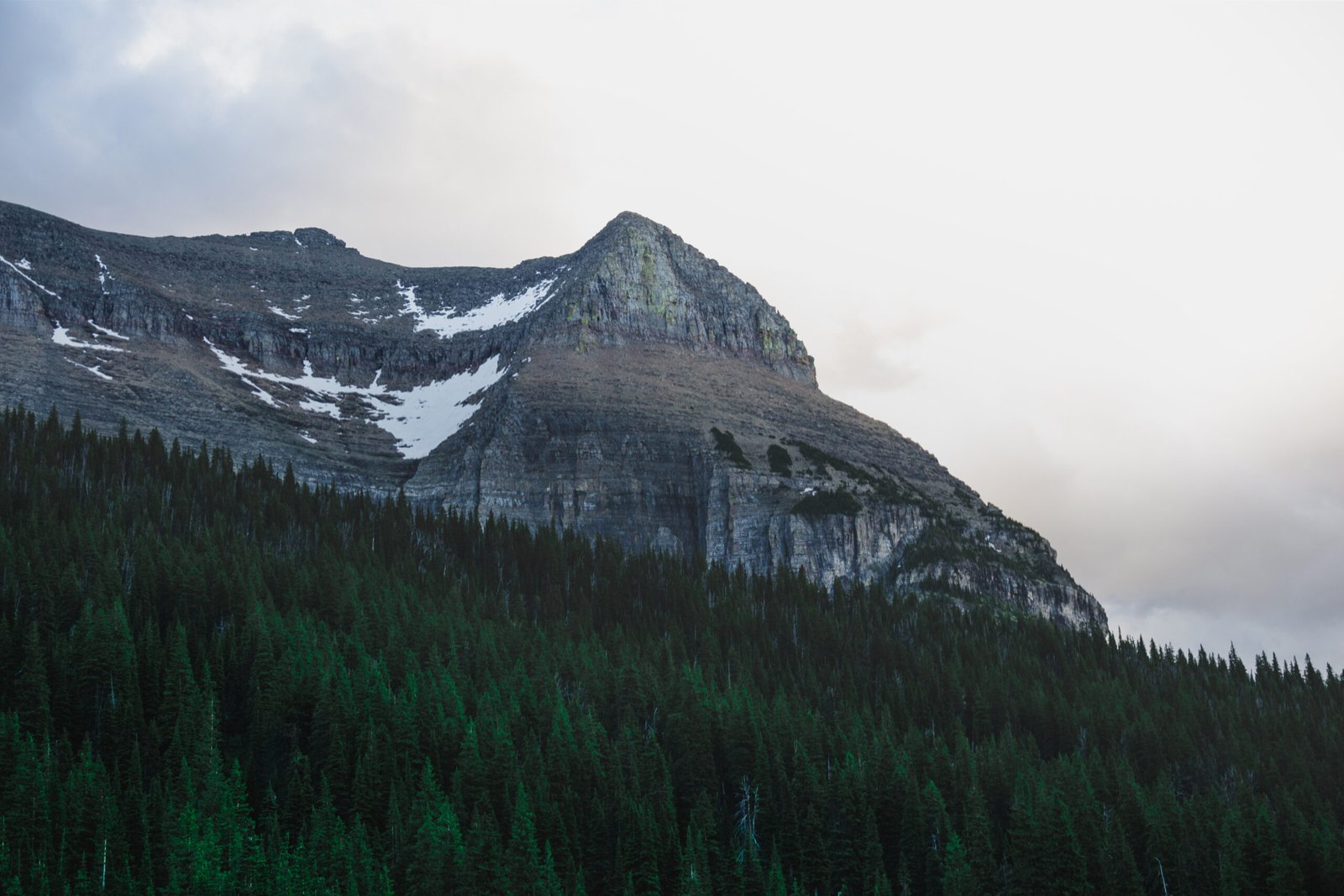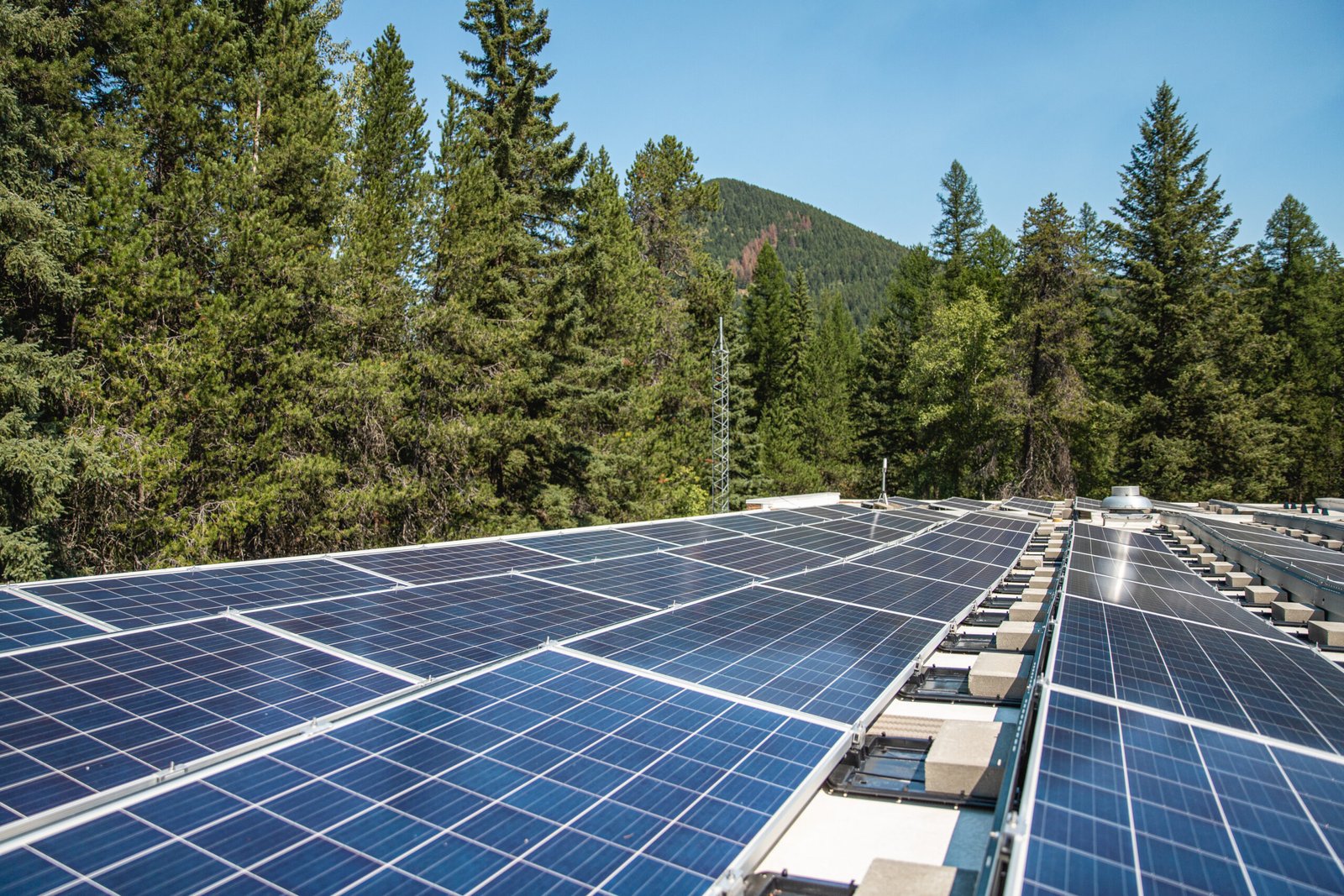Backcountry camping in Glacier National Park, Montana offers a unique wilderness experience amidst stunning alpine landscapes. With 65 wilderness campgrounds and over 700 miles of trails, the park provides ample opportunities for adventurers to explore its pristine backcountry. This guide covers essential information on permits, campsites, trails, and gear for a successful backcountry camping trip in Glacier National Park.
What Are the Requirements for Obtaining Backcountry Permits?

Securing a backcountry permit is crucial for camping in Glacier National Park’s wilderness areas. Here’s what you need to know:
Advance Reservations
- Application period starts March 15 for standard groups (1-8 people) and March 1 for large groups (9-12 people)
- Apply through Recreation.gov
- Lottery system for early-access reservation times
- $40 application fee ($30 refundable if site request not granted)
- $10 non-refundable wilderness permit fee
- $7 per person, per night camping fee
- Permits must be picked up at a Ranger Station by 11 am on trip start date
Walk-in Permits
- Available for approximately half of the backcountry sites
- Obtainable the day before or day of the trip
- Same $7 per person, per night fee applies
- Lines at Ranger Stations can form as early as 4 a.m.
Seasonal Considerations
- Peak season: June 16 to September 30
- Off-season (November to April): Permits free but still required
Where Are the Designated Backcountry Campsites Located?


Glacier National Park features 65 wilderness campgrounds spread across its vast backcountry. While specific GPS coordinates are not provided, here’s a general overview:
- Campsites are located along hiking trails throughout the park
- Each campground typically has 2-5 individual tent sites
- Maximum occupancy of 4 people per site
- Some sites may have food storage areas and access to water sources for filtering
For detailed information on specific campsites, it’s best to consult the park’s official resources or contact them directly.
What Are the Most Recommended Hiking Trails for Backcountry Camping?
Glacier National Park offers numerous trails leading to backcountry campsites. Here are some popular options:
- Highline Trail
- Known for scenic views
- Starts at approximately 6,300 feet elevation
-
Spans about 7.6 miles to the first campsite
-
Garden Wall Trail
- Part of the Continental Divide Trail
- Offers stunning vistas
-
Moderately difficult
-
Many Glacier to Belly River Trail
- Section of the Pacific Northwest Trail
- Diverse terrain including forests and open areas
For specific trail details such as length, elevation changes, and difficulty ratings, consult the park’s official trail guides.
What Essential Gear Should Be Packed for Backcountry Camping?
A well-prepared backpack is crucial for a safe and enjoyable backcountry camping experience. Here’s a comprehensive gear checklist:
Essential Items
- Tent
- Sleeping bag and pad
- Backpack
- Layered clothing for varying weather
- Sturdy hiking boots
- Navigation tools (map, compass, GPS device)
- First aid kit
- Headlamp or flashlight
- Water filtration system
- Bear-resistant food storage containers
- Cooking gear (stove, fuel, pot, utensils)
- Personal hygiene items
- Sunscreen and insect repellent
- Emergency shelter and fire starting kit
Recommended Brands and Weight Considerations
| Item | Recommended Brands | Weight Considerations |
|---|---|---|
| Tent | Big Agnes, REI Co-op | Opt for lightweight models |
| Sleeping Bag | Western Mountaineering, Feathered Friends | Choose appropriate temperature rating |
| Backpack | Osprey, Arc’teryx | Balance comfort and weight |
| Clothing | Patagonia, The North Face | Moisture-wicking, quick-drying materials |
Specific Gear for Varying Conditions
- Waterproof jacket and pants for rain protection
- Crampons and ice axe for snow and ice (seasonal)
- Bear spray (required in some areas)
How to Ensure Safety While Backcountry Camping?
Safety should be a top priority when venturing into Glacier National Park’s backcountry. Follow these guidelines:
- Bear Safety
- Carry bear spray and know how to use it
- Store food properly in bear-resistant containers
-
Make noise while hiking to avoid surprising bears
-
Weather Preparedness
- Check weather forecasts before your trip
- Be prepared for sudden changes in mountain weather
-
Bring appropriate gear for various conditions
-
Navigation
- Carry detailed topographic maps and a compass
- Know how to use your navigation tools
-
Inform someone of your itinerary before departing
-
Water Safety
- Always filter or purify water from natural sources
-
Carry sufficient water for your journey
-
Leave No Trace
- Pack out all trash
- Use established campsites and trails
- Minimize impact on the environment
By following these guidelines and properly preparing for your backcountry camping adventure, you can safely enjoy the breathtaking wilderness of Glacier National Park, Montana.